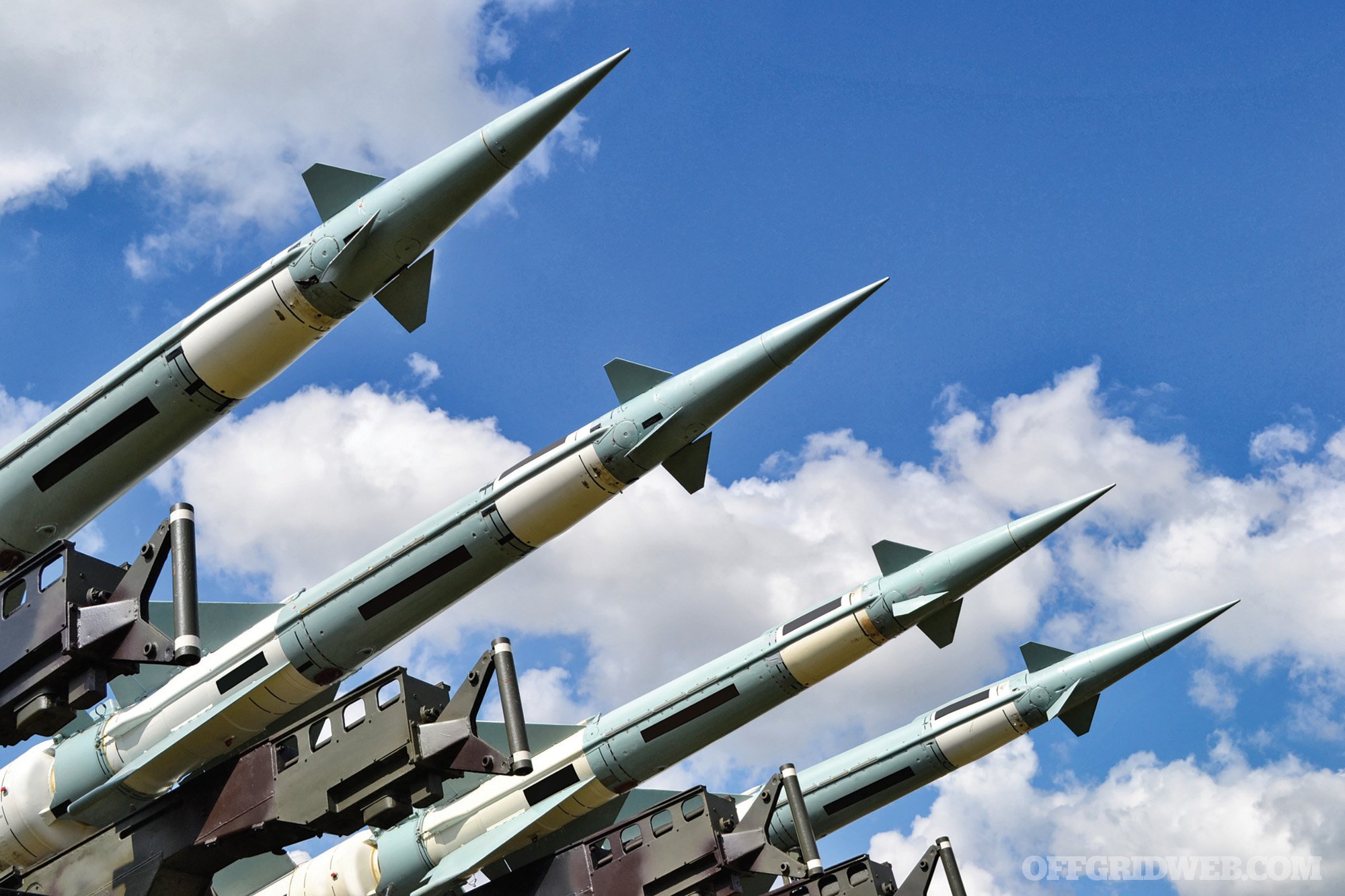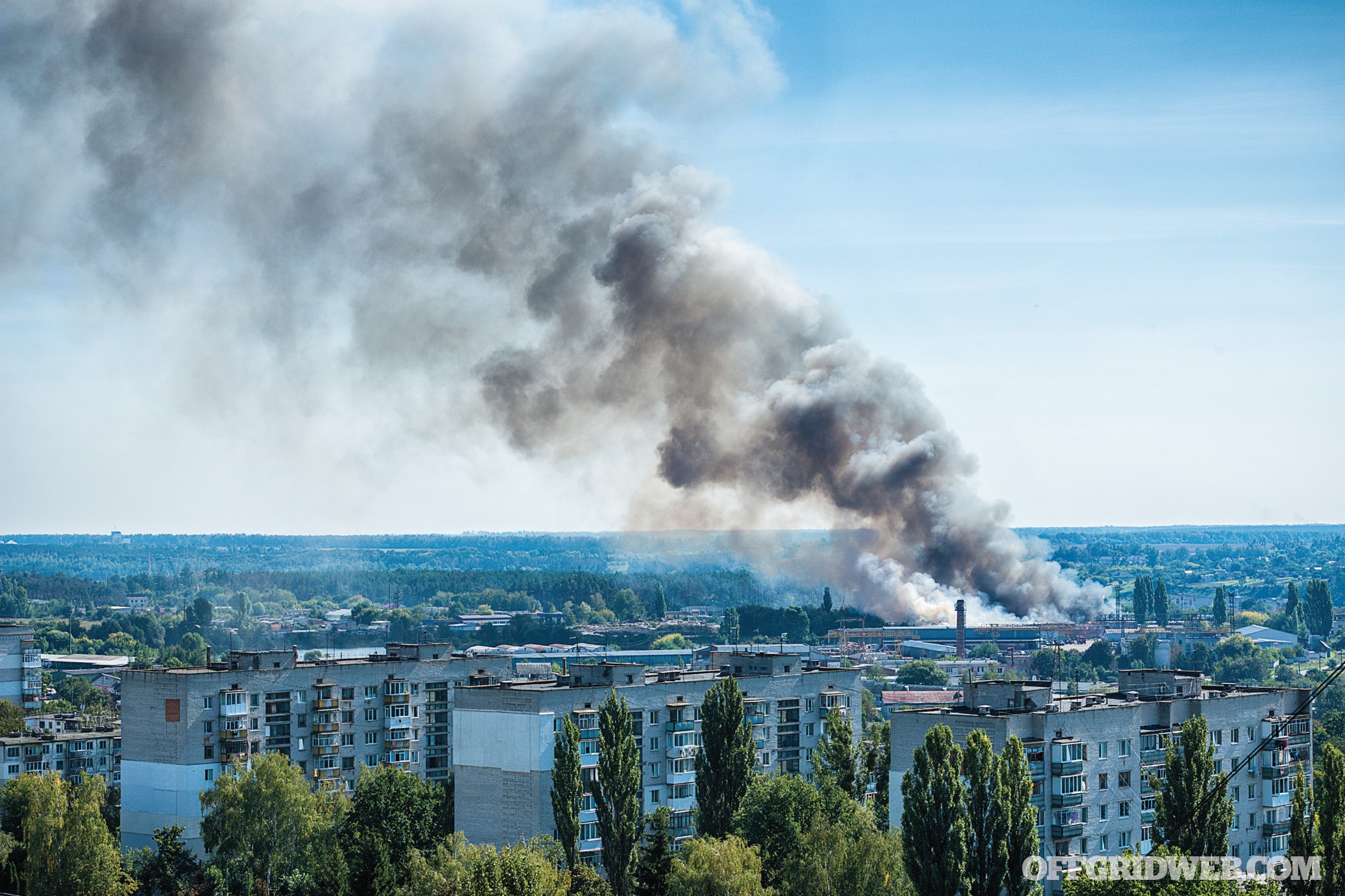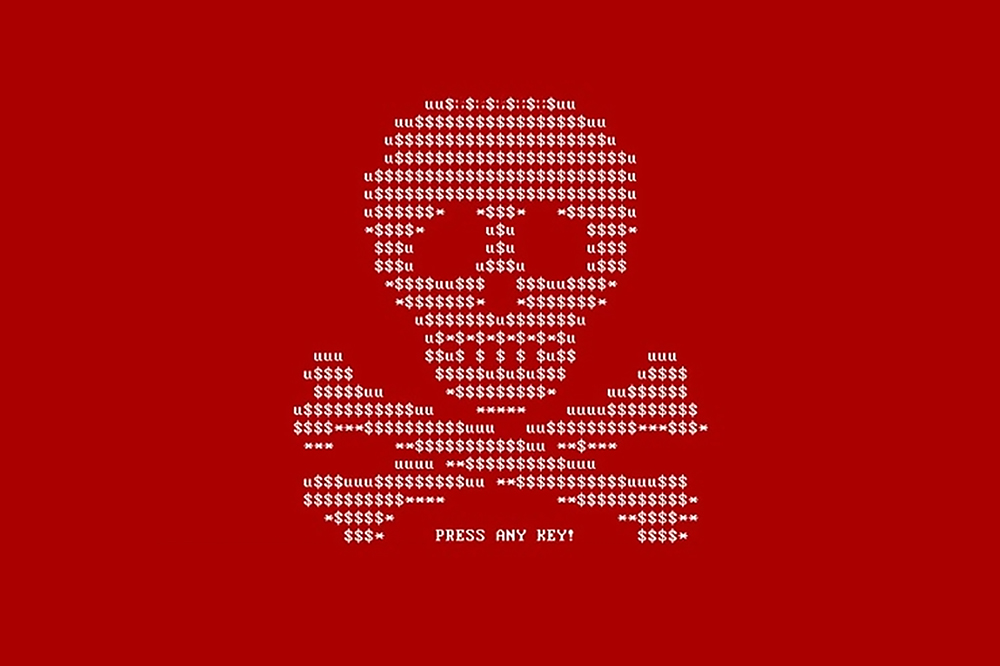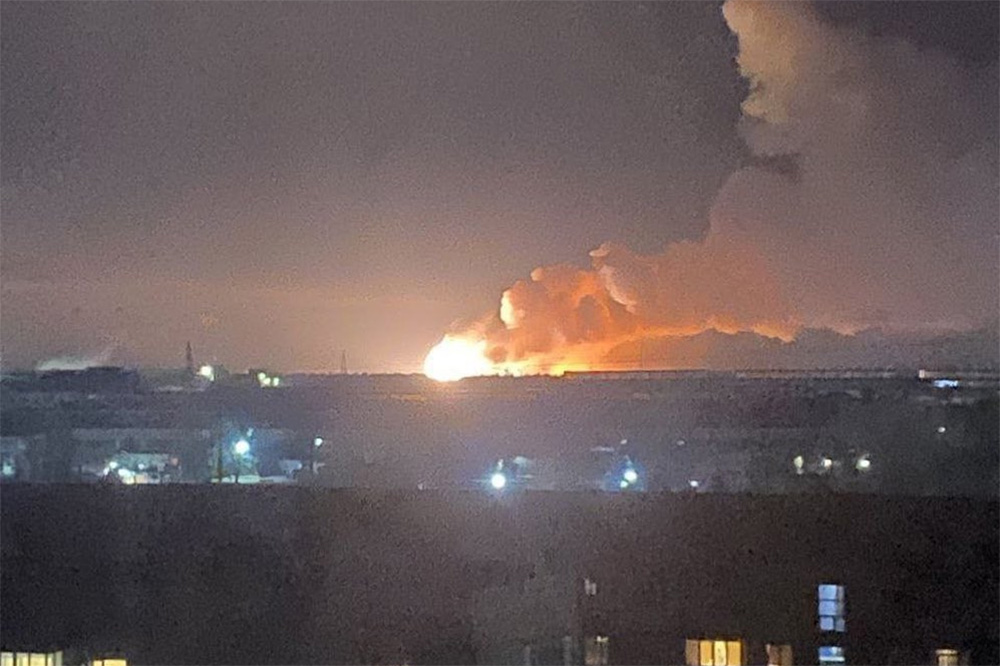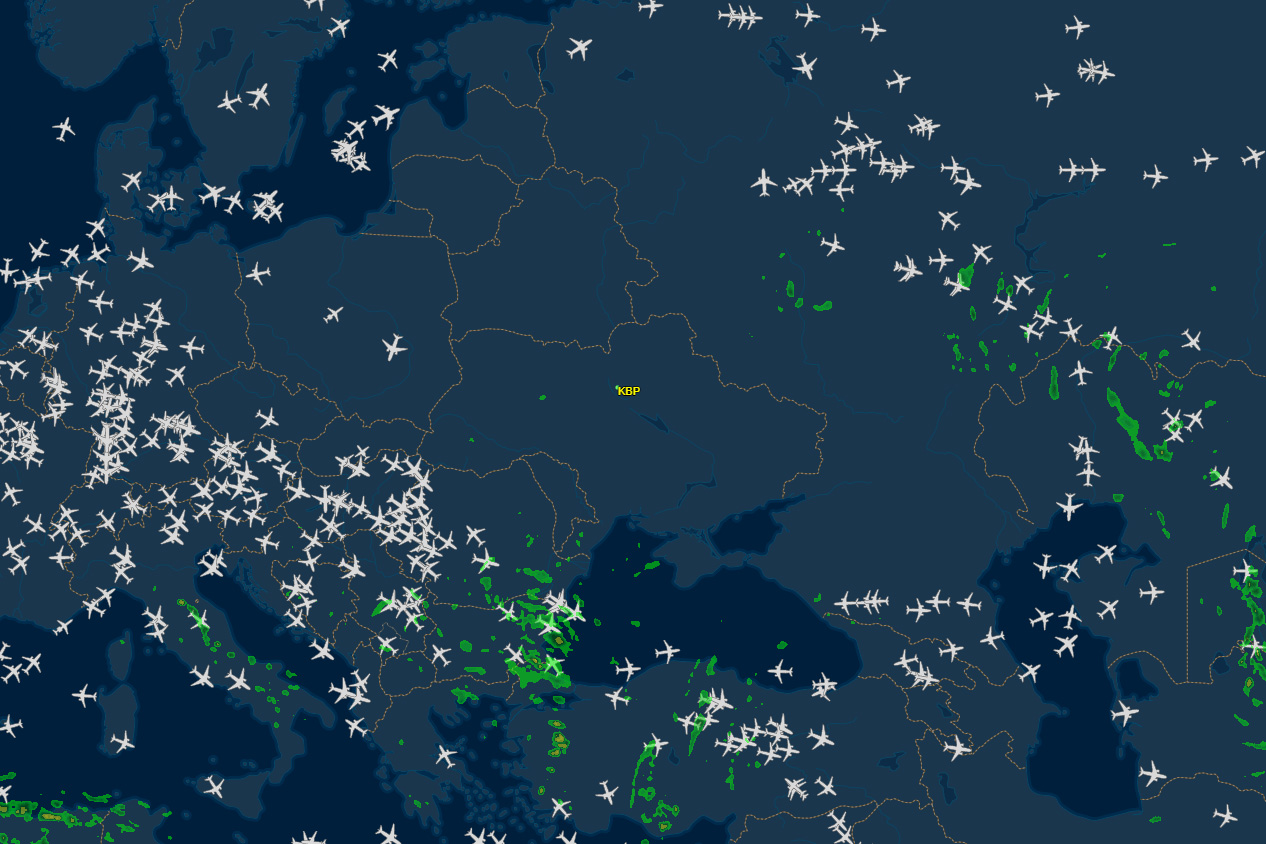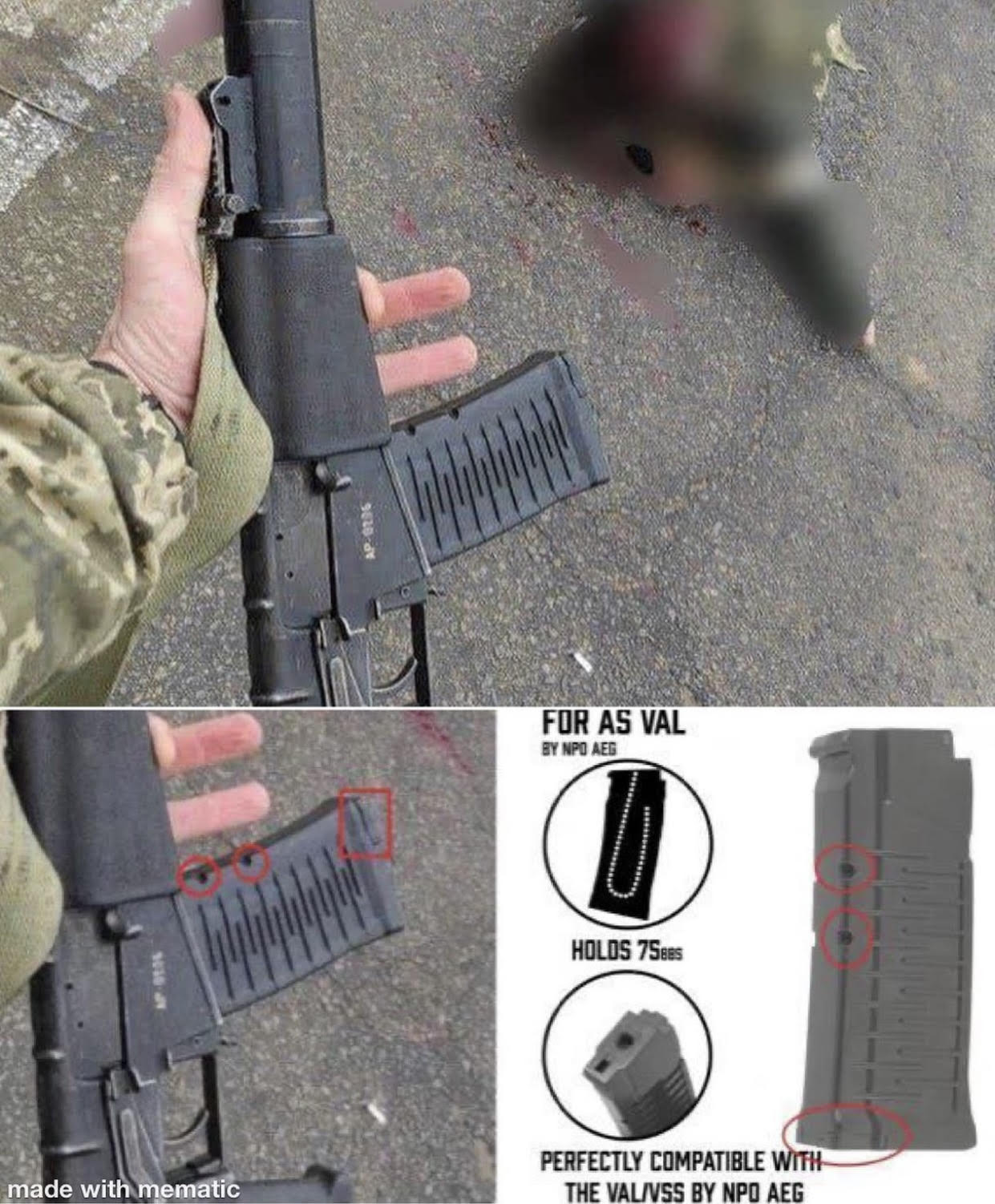The last two years have been a seemingly constant barrage of reminders of the importance of emergency preparedness. From COVID lockdowns and civil unrest to supply chain disruptions and record-setting winter storms, we’re often left wondering what will be next. Last week, the world watched yet another disaster unfold as Russian forces invaded Ukraine by land, air, and sea — an incident U.S. Secretary of State Antony Blinken called “the greatest threat to security in Europe since WWII.”
As preparedness-minded individuals, there is much we can learn from this ongoing conflict in Ukraine. We’d like to be clear: this article is not intended to critique or question those who currently find themselves in the midst of this invasion. This article is intended for those in other parts of the world who have witnessed these events and wondered, “What if it happened here? What should I do to prepare myself and my family?” Our goal is to draw attention to a few significant lessons that may be relevant to future conflicts.
Any student of history can tell you this is not the first full-scale invasion of a sovereign state, and it certainly won’t be the last. This leads to our first lesson.
Don’t Assume It Can’t Happen in Your Country
Humans have a natural tendency to assume events we have experienced in the past are a good reflection of events we will experience in the future — psychologists call this normalcy bias. Unfortunately, this leads us to believe that events we haven’t experienced (yet) are unlikely to occur. It’s the driving force behind all the disaster survivors who look back and say, “I never thought it would happen to me!” Don’t let that be you.
In the case of the Ukraine invasion, it’s easy to use the power of 20/20 hindsight to find examples of individuals who believed an invasion was unlikely until it occurred.
In late January, Ukraine’s Defense Minister Oleksii Reznikov argued that an invasion was not imminent and told parliament members, “Don’t worry, sleep well. No need to have your bags packed.” Shortly afterward, President Zelensky expressed frustration at U.S. officials’ analysis of a growing risk of invasion, saying the claims were an “overreaction.” In the same statement, he called the decision to withdraw staff from the U.S. embassy a “mistake.” He also reportedly drew a comparison to 2021, explaining that the security situation at the border was not much different from last year.
According to an Al Jazeera article, preparations in the city of Mariupol — a city that’s now under siege — were sparse in early February. “The manager of one of the city’s bomb shelters said little is being done to prepare shelters with basic supplies or even water because few people expect there to be any need for them. Many have been unused for so long they have been turned into spas and restaurants.” In Kyiv, one woman told a BBC correspondent, “I’m not worried because we have good authorities and our president. I think they can manage it. They protect us, that’s why we elected them.” Many of the men who were eventually drafted into military service during the invasion had no prior experience with firearms, something they would’ve likely pursued if they believed their lives might depend on it.
To be clear, we are not mentioning this to criticize the judgment of any of these individuals. Instead, we want to point out that it’s human nature to expect a repeat of previous experiences — in this case, threats from Russia had been a frequent occurrence since 2014, but nothing had come of it.
So, what can you do to combat your inherent normalcy bias? Prepare for and consider a wide range of possible scenarios, ranging from mild inconveniences (e.g. twisting an ankle on a remote hiking trail) to severe disasters (e.g. war and economic collapse). From a purely statistical standpoint, some will be more likely than others, so it makes sense to spend the bulk of your time prepping for those emergencies. However, also take stock of the unlikely worst-case scenarios, and consider any gaps in your preparedness that they might reveal.
Don’t Assume the Enemy is Bluffing
In the weeks leading up to the invasion of Ukraine, we lost track of how many pundits, politicians, and internet experts we saw assuring everyone Putin was just rattling his saber. Staging armored divisions and missile-launchers at the borders and parking warships in the Black Sea was just an intimidation tactic, right? Maybe a few contested regions would be attacked, but surely not the capitol and civilian population centers, right? Through hindsight, we know that wasn’t the case. It was exactly what it appeared to be: an all-out invasion from multiple fronts.
Now, as Putin has ordered his nuclear forces to high alert, we’re faced with the same question — is he posturing, or is he seriously preparing for another attack?
If warning signs begin to crop up prior to a potential disaster, your preparedness should ramp up proportionally. Hope for the best and plan for the worst.
Consider High-Value Targets
We’ve previously discussed the concept of an adversarial mindset — putting yourself in your enemy’s shoes, and asking how you’d approach the situation from the other side. This is a valuable skill for threat awareness, and it can help you adjust your behavior to better counter an adversary’s strategies.
In this case, the highest-value targets should have been predictable to anyone with an adversarial mindset. The moment the invasion began, airports were specifically targeted in an attempt to cripple Ukraine’s airborne defenses and cut off escape routes. Additionally, Russian troops pushed across the border rapidly in an attempt to seize control of major cities — Odessa, Donetsk, Kharkiv, and most importantly, Kyiv. Perimeter defenses near the borders and coastline (such as the now-infamous Snake Island) were also hit in the first phase of the invasion. Natural resources and infrastructure, such as the Ukrainian dam that obstructed water flow to Crimea, are also key targets. Even the most fundamental understanding of tactics would make these goals obvious.
However, some high-value targets are less obvious.
Above: The highly-radioactive “elephant’s foot” remains sealed in a steel and concrete sarcophagus in Chernobyl, a facility that is now under Russian occupation.
Who would’ve guessed that Russia would quickly take control of Chernobyl, a defunct nuclear power plant inside an irradiated no-man’s land? It may not seem like a desirable asset, but some analysts have theorized it serves as a deterrent to retaliation. Destruction of what remains of the power plant could cause an ecological disaster that might affect eastern Europe for decades, if not the whole continent.
What should this mean to you? If you live in a major city that is likely to be a significant target, your threat awareness should be elevated. You should prepare escape routes with waypoints and discuss them with your family — failure to do so could leave you stuck in gridlock, as many Ukrainians were. This is especially true if your city borders directly with a hostile nation or its allies (e.g. Belarus), or lies on a coastline that is readily-accessible. If your escape plan includes air travel, keep in mind that airports are typically a top priority in warfare, and you won’t want to be there when bombs start to fall.
Understand that Cyberattacks Will Be a Significant Factor
In our discussion of high-value targets, we left out one critical battlefront: cyberspace. In the 21st century, we have become heavily dependent on electronics and internet connectivity for countless daily tasks — accessing money in the banks, buying products at stores, communicating with friends and family, checking the news, contacting emergency services, and maintaining medical systems in hospitals. Cyberattacks can target any and all of these systems, dealing a crippling blow to a country’s economy and ability to coordinate counterattacks.
Russia’s use of cyberattacks is well-known and documented, both in regards to Ukraine and its other perceived enemies. It has already targeted the United States. For example, the 2020 SolarWinds hack snuck malicious code through the defenses of roughly 100 companies and a dozen U.S. government agencies (including the Treasury, DOJ, and Pentagon). Ransomware attacks on transportation and energy infrastructure (such as the Colonial Pipeline) have also been documented.
Within the Ukraine, the NotPetya ransomware attack — which took place the day before Ukraine’s annual independence celebration in 2017 — appeared to target the Ukrainian financial sector. A statement by the White House called it “part of the Kremlin’s ongoing effort to destabilize Ukraine.” More recently, Ukrainian government web sites and banks were targeted by DDoS attacks immediately prior to the Russian invasion. A sophisticated data wiper malware also began to spread through Ukraine last week, only hours after the DDoS attacks started.
What can we learn from this? We’re not suggesting you abandon technology and everyday conveniences, but you should certainly establish contingency plans in case cyberattacks affect the electrical grid, internet service providers, cell phone towers, or banking/point-of-sale systems. Consider learning how to use ham radio for emergency communications, set aside cash, buy a generator, stockpile important medications, and purchase paper maps of the surrounding area. If we’re ever set back to a world without reliable technology, you’ll be more prepared to cope with it.
Train with Purpose and Urgency
The Ukrainian government recently drafted all men ages 18 to 60 into military service, barring them from leaving the country. This undoubtedly led to parents being separated from their children. In this eleventh hour, there is little to no time for training before combat. Regardless of the draft, many men and women bravely volunteered to fight and defend Ukraine — in this clip, you can see a group of three young women taking up AK-47s despite admitting they barely know how to use them.
Ask yourself: how would you respond if you faced an invasion and had to join the fight, whether by mandatory draft or moral obligation? Would you be able to fall back on a solid foundation of training, not just in shooting skills but also small unit tactics, concealment, communication, navigation, medical, and sustainment skills? Would your spouse and children be prepared to contribute to the fight, or to escape to safety without you?
These are gut-wrenching questions, but there are millions of men in Ukraine who are facing them as you read this. Keep this in mind and use it to motivate your training regimen. Take physical fitness seriously. Study new skills. Enroll in classes with knowledgeable instructors. Include the family in these activities and build a spirit of self-sufficiency. If the day ever comes when you need these skills, they will be invaluable.
Learn to Use OSINT to Your Advantage
Above: A photo of an explosion, reportedly on the outskirts of Kyiv, which was posted to social media last week.
The ability to gather and analyze OSINT (Open-Source Intelligence; i.e. publicly available information on a particular subject) is one of the most valuable skills you can possess during a rapidly-unfolding conflict. In fact, open-source information-gathering has served as the backbone of our own study of the invasion of the Ukraine leading up to this article.
Through studying publicly-available OSINT sources — such as Twitter, Instagram, and Telegram groups — you can make informed decisions about the likelihood of a potential disaster on the horizon. You can also keep an eye on the latest updates related to one that’s already in progress. There’s no need to wait for reports to filter through mainstream media channels; you can see the action in real-time through videos, photos, or written reports from people who are on the ground. The widespread access to smartphones and internet in Ukraine has generated some astonishing footage of everything from missile attacks to tank convoys.
Above: Flight trackers such as FlightAware are another valuable source of instantly-updated information. In this screenshot, note the complete absence of civilian flights over Ukraine (KBP is Kyiv’s airport) and Belarus.
For those in combat, some of this OSINT can be directly actionable, giving insight into enemy positions, equipment, and tactics. For those who aren’t in combat, OSINT can indicate severity of threats and areas to avoid. This applies to natural disasters as well — it might tell you which areas are flooded in the aftermath of a storm, or indicate how widespread supply shortages are at local stores.
With regard to the Ukraine conflict, here are a few pages we have used to gather open-source photos and videos from the front lines:
There is one major caveat, however — due to the rapidly-evolving and unconfirmed nature of OSINT, it is especially difficult to verify information. This brings us to our final point.
Maintain a Healthy Degree of Skepticism
We can’t discuss OSINT without discussing its most obvious flaw: misinformation.
In the last week, we’ve witnessed social media pages sharing combat footage that’s several years old with claims that it’s current, spreading baseless rumors, and even distributing overt propaganda on both sides. For countries that take information warfare seriously, it’s exceptionally easy to start distributing disinformation (such as inflated casualty counts, claims of wartime atrocities, or tales of impossible heroism) to confuse and demoralize the enemy. Oblivious internet users latch onto fake news and spread it like wildfire. By the time anyone can prove it wrong, the damage is already done.
Allegations of orchestrated provocations (sometimes called false-flag incidents) are especially common in the OSINT space, and should be approached with a heightened degree of skepticism.
The image above serves as a particularly blatant example of misinformation. It was shared to Instagram by a news-oriented account based in North America, and attributed to an original creator whose profile was set to private. The top portion of the image shows what appears to be a Ukrainian solider standing over a dead Russian soldier, holding a Russian AS-VAL rifle.
The second half of the image attempts to prove the gun in the image is actually an airsoft toy rifle based on small details on its magazine. The apparent goal of these claims was to lead users to believe this was a staged false-flag incident — in other words, its creator was claiming that Ukrainians had used a toy gun to fake a combat victory for propaganda purposes.
Above: If information you see seems outlandish or provocative, do a quick search online for more information. This photo of a real AS-VAL rifle shows a magazine design that matches the photo in question. (Source: Vitaly V. Kuzmin, CC BY-SA 4.0)
Ask yourself: does this sound plausible, and is there any more information I can gather to prove or disprove these claims? In the example above, a quick visit to Wikipedia will show that a real AS-VAL rifle magazine (pictured above) has the exact same dimples and baseplate design as the magazine in these photos. On top of this, the user who first posted the image could be found in the comments section espousing pro-Russian sentiment.
A cursory knowledge of military equipment, uniforms, and insignias can help you distinguish fake news from real reports. Services like Google Lens can also be used to translate text within images or video stills; this often provides important background information.
In summary, be extremely cautious with OSINT. Take nothing at face value. If you begin seeing multiple independent sources confirming the same facts, that’s a good sign you’re onto something. If you see outlandish claims or signs of inaccurate details, you need to dig deeper. Even if intel is factually accurate, it can be curated and editorialized to skew your perceptions, as is the case for all forms of news media.
Conclusion
The invasion of Ukraine has been a showcase of the horrors of war, and the devastating effects it has on all those involved. However, it should be more than that. It should also be a powerful source of motivation to enhance your own preparedness for future catastrophes.
Without a doubt, many of the innocent bystanders who find themselves caught up in this war wish they had been better prepared. Despite this, the Ukrainian people have shown incredible bravery by fighting tooth and nail to defend their homeland.
You have the opportunity to prepare right now — don’t waste it. Accept the reality that you may face similar circumstances one day, study your country’s vulnerabilities (both physical and cyber), formulate a disaster plan for your family, train continuously, and keep a watchful, discerning eye on information about potential threats.
If you someday face a full-scale attack by a formidable adversary, you’ll be glad you took the time to heighten your preparedness.
The post Preparedness Lessons Learned from the Invasion of Ukraine appeared first on RECOIL OFFGRID.




